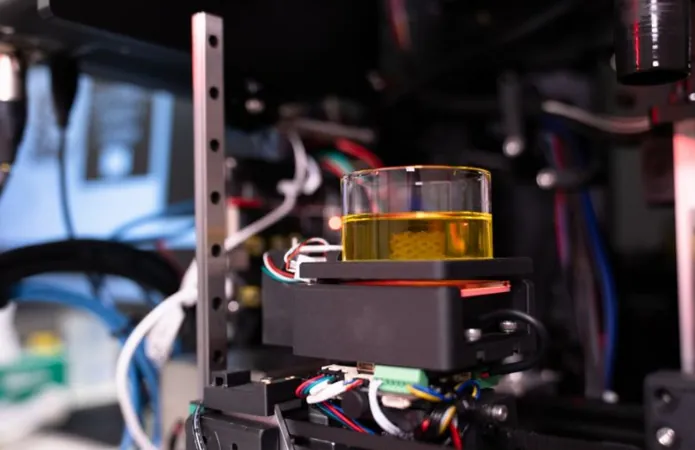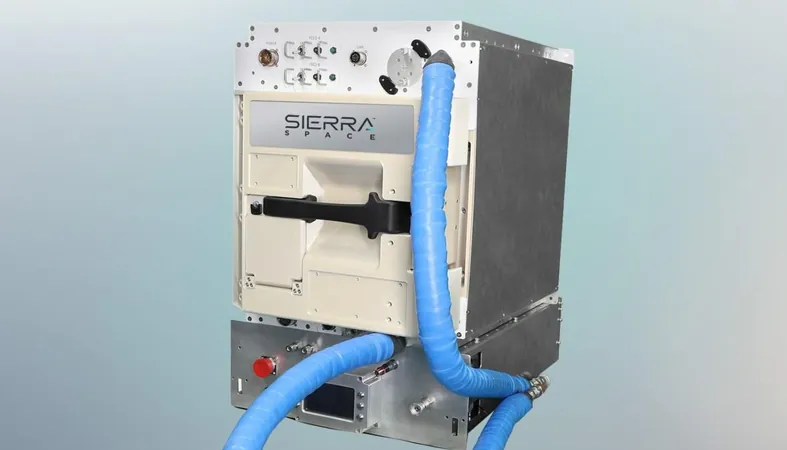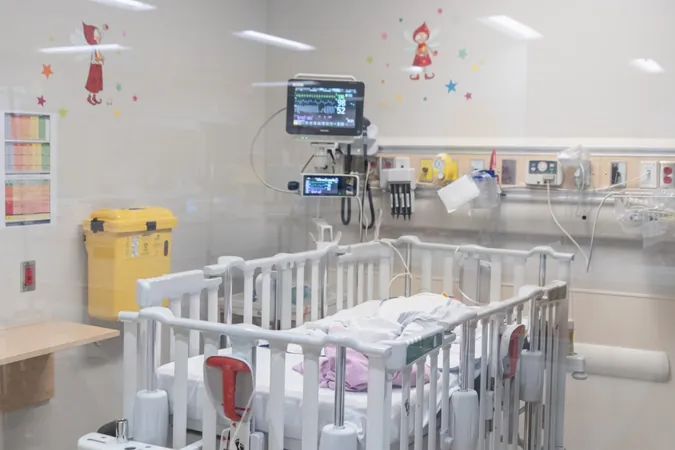
Revolutionary Speedy 3D Bioprinter Set to Transform Drug Discovery!
2024-11-04
Author: William
Revolutionary Speedy 3D Bioprinter Set to Transform Drug Discovery!
In an astonishing breakthrough, biomedical engineers at the University of Melbourne, Australia, have unveiled a revolutionary 3D bioprinting system that could change the face of drug discovery forever. This cutting-edge bioprinter is adept at fabricating structures that closely replicate the diverse tissues within the human body, ranging from delicate brain tissue to the denser materials such as cartilage and bone.
This groundbreaking technology holds immense promise for cancer researchers by providing an advanced method to recreate specific organs and tissues, potentially enhancing the prediction and development of new pharmaceutical therapies. This leap not only signifies progress in medical science but also heralds a more ethical approach to drug discovery by diminishing reliance on animal testing. Could this be the end of experiments on helpless animals?
Traditional 3D bioprinters, which utilize a slow layer-by-layer fabrication method, present multiple challenges including prolonged printing times that can span hours. This delay poses a significant risk to the viability of live cells during the creation process. Additionally, the fragile cell structures must often be transferred onto standard laboratory plates after printing—a delicate maneuver fraught with the potential for compromising their integrity.
However, the innovative research team from the University of Melbourne has completely reimagined this process. Their sophisticated optical-based system eliminates the need for the conventional layer-by-layer approach, introducing a remarkable method to 3D print cellular structures in mere seconds. This new technique employs vibrating bubbles, enabling production that is approximately 350 times faster than existing methods and allowing researchers to replicate human tissues with unprecedented cellular precision.
This transformative leap enhances both the speed and the efficacy of bioprinting, as it permits the direct printing of structures into standard lab plates. As a result, researchers have reported a significant increase in cell survival rates while also eliminating the risk associated with physical handling. This ensures that the printed constructs remain intact and sterile throughout the entire process.
The potential implications of this technology are boundless, spanning fields from regenerative medicine to personalized therapy development. As the University of Melbourne's team continues to refine their bioprinting innovations, the future of drug discovery may soon look brighter than ever. Will we witness a new era where groundbreaking treatments emerge at a fraction of the time? Stay tuned for developments that could reshape our understanding of medicine!









 Brasil (PT)
Brasil (PT)
 Canada (EN)
Canada (EN)
 Chile (ES)
Chile (ES)
 España (ES)
España (ES)
 France (FR)
France (FR)
 Hong Kong (EN)
Hong Kong (EN)
 Italia (IT)
Italia (IT)
 日本 (JA)
日本 (JA)
 Magyarország (HU)
Magyarország (HU)
 Norge (NO)
Norge (NO)
 Polska (PL)
Polska (PL)
 Schweiz (DE)
Schweiz (DE)
 Singapore (EN)
Singapore (EN)
 Sverige (SV)
Sverige (SV)
 Suomi (FI)
Suomi (FI)
 Türkiye (TR)
Türkiye (TR)